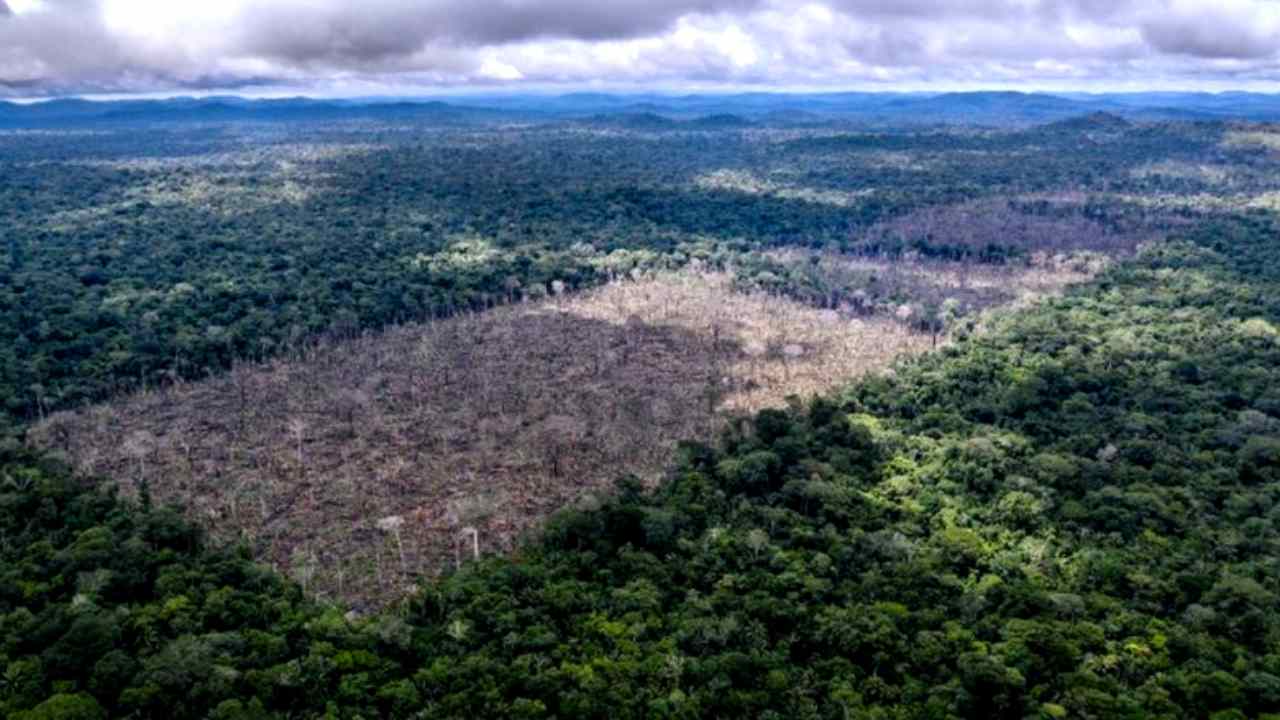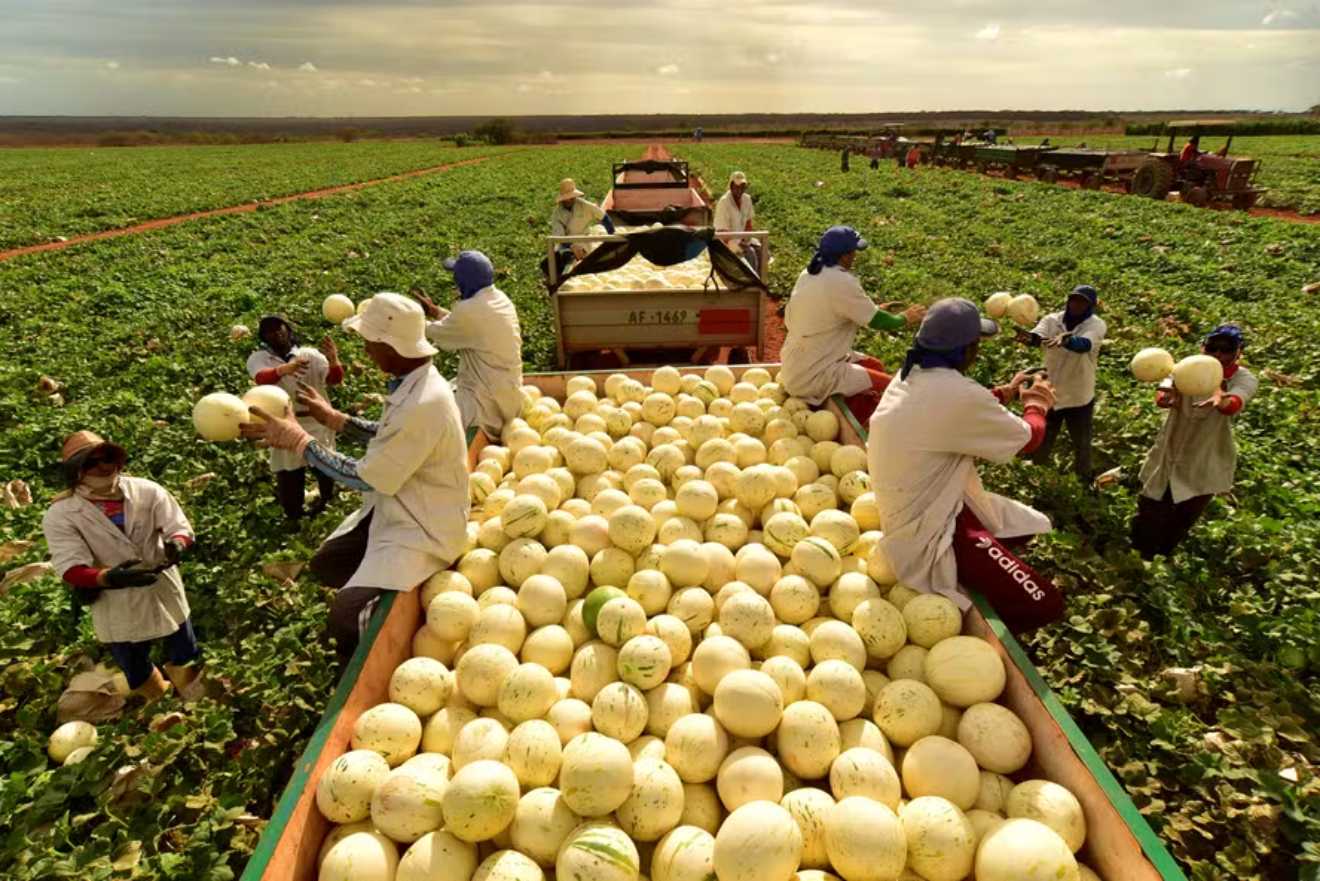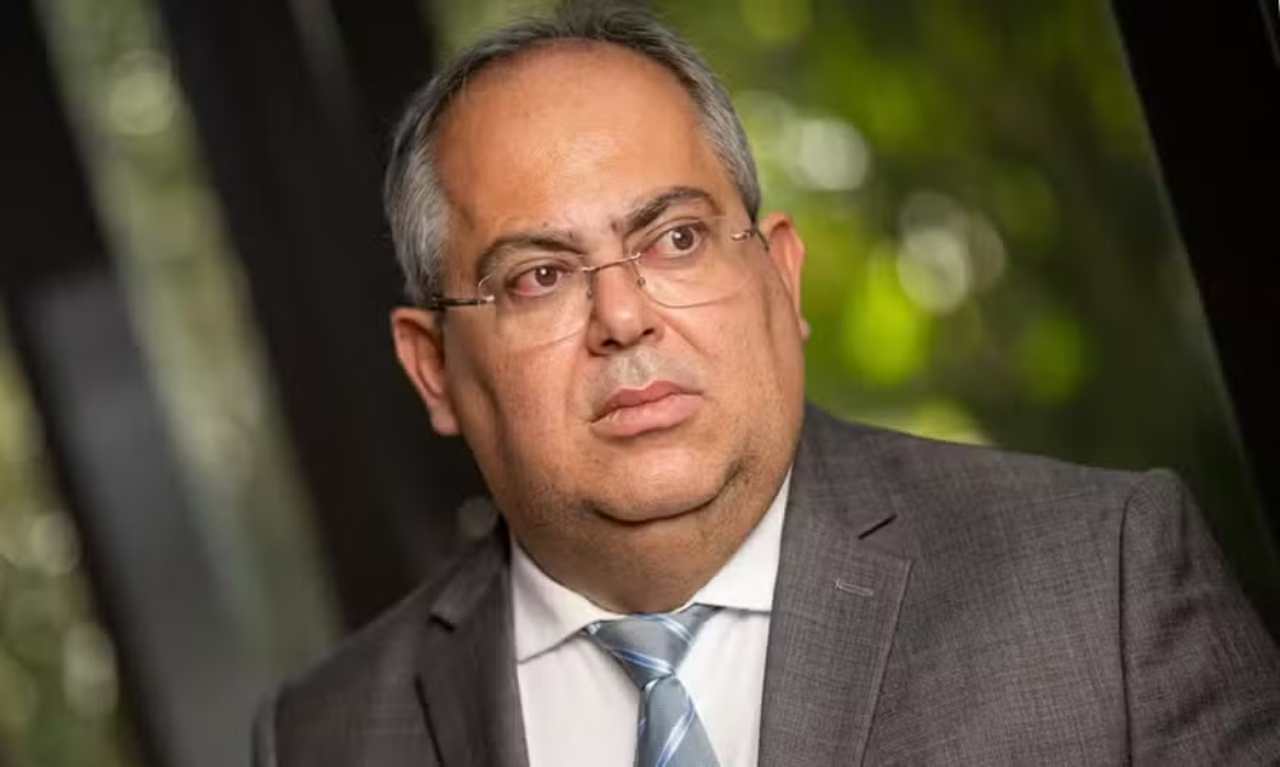Net zero deforestation goal is a commitment by the Brazilian government across all biomes
The federal government is developing a series of measures aimed at encouraging rural landowners to avoid deforestation, with the goal of achieving net zero deforestation by 2030. These policies include rural credit lines with lower interest rates for farms that exceed the legal reserve (RL) requirements, increased permits for water use for irrigation, and payments for environmental services (PES). This net zero deforestation target is a government commitment to protect all Brazilian biomes.
Although the concept of net zero deforestation is not entirely new—it was part of the 2008 National Climate Change Plan—it has recently gained renewed attention worldwide, sparking discussions and raising many questions. So, what exactly is it?
Net zero deforestation is achieved when each hectare of cleared land is offset by the restoration of native vegetation on another hectare. This practice, still uncommon in Brazil, is linked to international climate and biodiversity goals. If the government, civil society, academia, and private sector unite to support rural producers in implementing Environmental Regularization Programs (PRAs) to regulate properties with permanent preservation area (APP) and legal reserve (RL) deficits, it will significantly contribute toward the 2030 net zero deforestation target.
Recent scientific publications suggest that Brazilian rural properties have around 20 million hectares of unregulated environmental debt, with roughly 17 million hectares in RL and 3 million in APPs, particularly along water bodies. Over the past five years, Brazil lost 8.56 million hectares of native vegetation, or an average of 1.71 million hectares per year. If 1.71 million hectares were restored annually, net zero deforestation could be achieved within 11.5 years, while simultaneously addressing these environmental deficits on Brazilian farms.
What will this cost?
Based on estimates that half of this area (855,000 hectares) could be recovered through natural regeneration, with necessary fencing in livestock areas, and the other half at a restoration cost of around R$10,000 per hectare, an annual investment of R$8.5 billion would be required from producers needing to comply with regulations.
Many types of support from involved sectors could help, such as technical assistance and rural extension to transfer technology, large-scale production of native seedlings, fiscal incentives, appropriate regulations, and accessible rural credit with long-term repayment terms and low interest. Notably, the Ministry of Environment and Climate Change (MMA) recently secured $2 billion from the national treasury to create a special zero deforestation credit line with rates well below the standard agriculture plan rates.
Meanwhile, in the agriculture sector, the overarching aim is to foster modern farming practices with reduced greenhouse gas emissions, minimized deforestation, and compliance with necessary socio-environmental standards. This approach aligns with new international demands and helps protect valuable markets.





